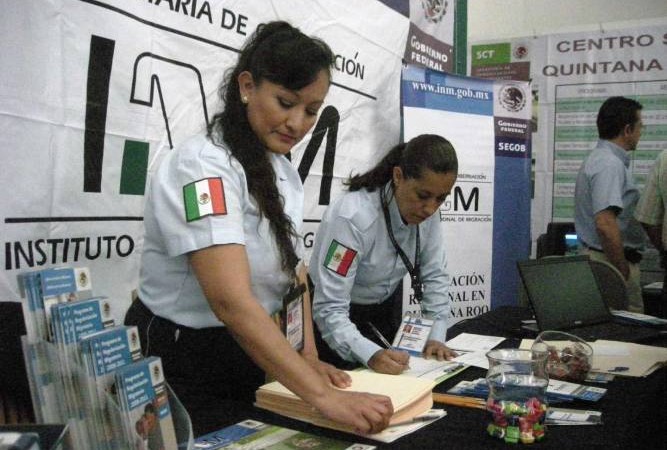MEXICO CITY – Mexico’s government will carry out a program next year aimed at regularizing up to 10,000 foreigners now living in the country illegally, the INM migration institute told EFE news agency.
“I’d like to arrive at 10,000, but we think if we can get to a number that’s similar to what we reached last year that would be excellent,” the director-general of INM’s Migration and Immigration Registry department, Maria Fernanda Garcia Villalobos, said.
While no registry exists for the amount of immigrants living illegally in Mexico, the INM estimates they number between 10,000 and 15,000, meaning the goal is to regularize nearly all of them.
Some 3,300 people – out of a total of around 4,000 applicants – regularized their status under an earlier Temporary Migrant Regularization Program, or PTRM, in 2015, the first to be carried out following a 2012 immigration overhaul,
Most of the beneficiaries were from Honduras, Guatemala, El Salvador, Venezuela, Colombia, Argentina, China, Cuba, Nicaragua and the United States. Forty-six Spaniards also obtained their immigration documents through the program.
The INM will launch a new PTRM on Jan. 9, 2017, and the program will run through Dec. 18 of that year.
It will provide a work permit and temporary four-year residence visa to foreigners – irrespective of their nationality – who entered the country prior to Jan. 9, 2015 and whose place of residence is Mexico even though their papers are not in order.
Beneficiaries will also be put on a path to permanent residency status.
Those who had been convicted of a serious crime and deported or who are currently subject to criminal proceedings, however, will not be eligible for the program, nor will those who are now in immigration proceedings.
Illegal immigrants in transit also will be ineligible for the PTRM.
A total of 961,121 people born abroad were living in Mexico in 2010, according to the National Statistics and Geography Institute, or Inegi.
Some 150,000 U.S.-bound undocumented migrants cross Mexican territory every year, a perilous journey that leaves them vulnerable to theft, extortion, kidnappings and even killings at the hands of criminal gangs and also makes them targets for abuse by corrupt authorities.
Source: latino.foxnews.com




